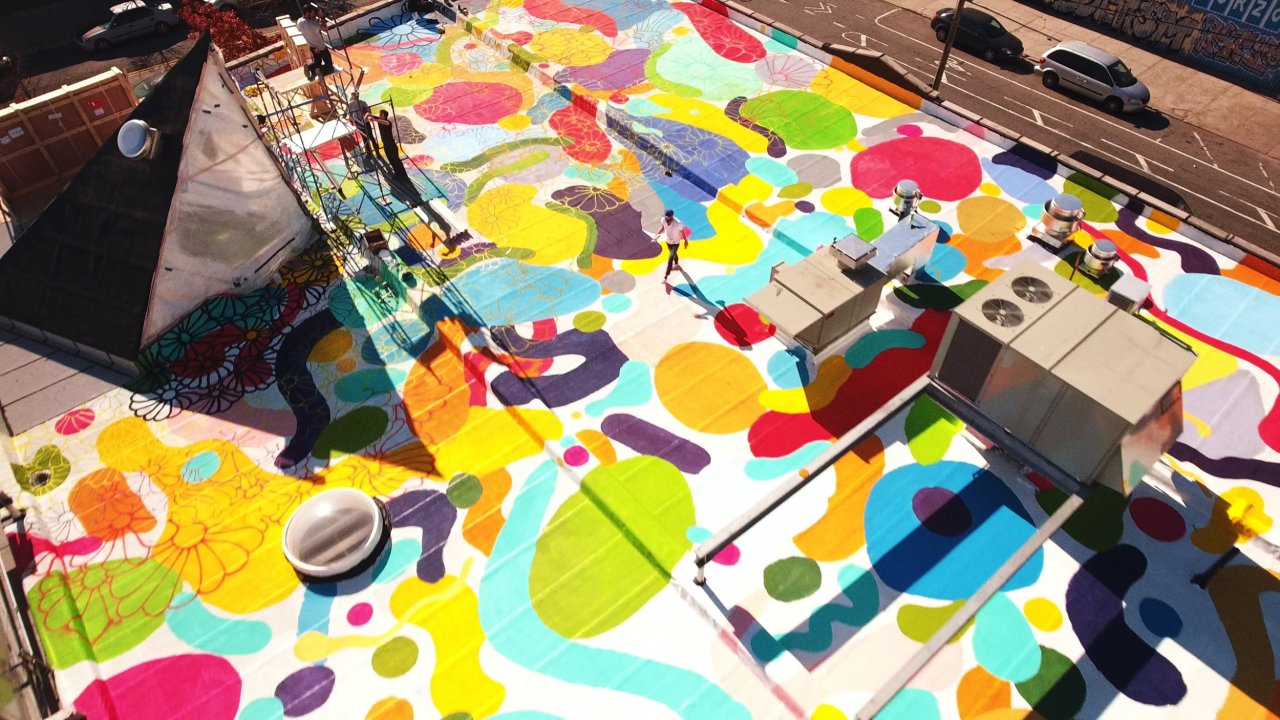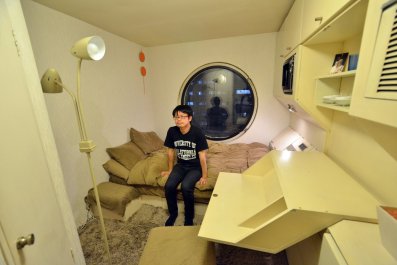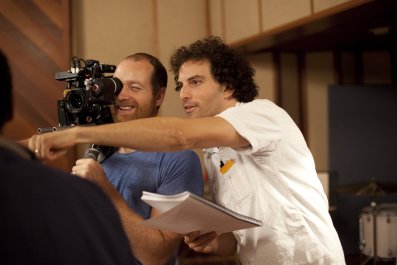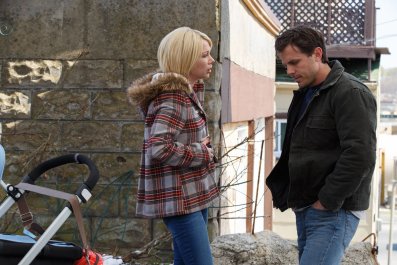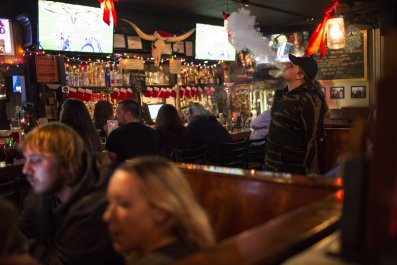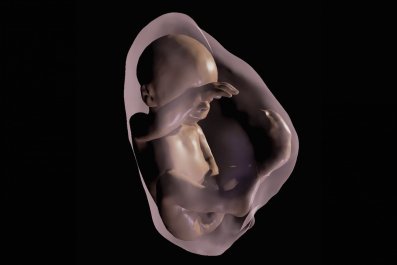A pigeon flying over the otherwise drab industrial rooftops of Greenpoint, in the New York borough of Brooklyn, would get a shock this week. Swirling across the flat roof of a former warehouse on the corner of Norman Avenue and Banker Street is a sudden pulse of color, a kaleidoscopic mural painted by the artist Mike Perry. It's there to celebrate the opening of A/D/O, a 23,000-square-foot combination of members' club, design studios, exhibition spaces, restaurant and shop. Even a pigeon would get it: This is a creative place.
It's also subtle step forward in the relationship between brands and you, the customer. A/D/O is a reference to Amalgamated Drawing Office, the title of the 1950s British Motor Corp. design and engineering team. The original ADO created the first Morris Mini, still perhaps one of the most recognizable cars in the world. Since 1994, BMW has owned the marque, rebranded as Mini; it's Mini that has initiated and funded A/D/O. This isn't entirely unusual. Car ownership in cities is faltering, and manufacturers such as Mercedes-Benz and Cadillac are exploring alternative ways of attracting the attention of urban millennials. Mercedes now has two "Connection" sites in Japan, combining upscale restaurants with test-drive hubs, while Cadillac House in Manhattan's SoHo neighborhood, functions as a combined art gallery, coffee shop and car showroom. What's noticeable about A/D/O, though, is Mini's invisibility: You won't see any branding in the building.
Instead, A/D/O's stated purpose is to be an incubator for innovation. In return for a full-time membership fee of $600 a month, creative types will get access to desk space, support staff and a kit to help build prototypes, including high-grade 3-D printers, laser cutters and a fully equipped woodshop. Crucially, this isn't a closed-door building. It is geared up to be a cultural environment as stimulating for the public as for members, with everyone welcome in the central, communal seating area and exhibition space. A/D/O's shop will sell high-design products and limited editions from around the world—such as Mission bicycles, Aya Kawabata tapestries—as well as pieces by its designers-in-residence. And while gentrified Brooklyn is hardly short of places to eat, its New Nordic restaurant, Norman, has enough pedigree to make a welcome addition: It's run by the chef Fredrik Berselius, of Aska in nearby Williamsburg, and Claus Meyer, co-owner of Noma in Copenhagen. A programming component, the Design Academy, will provide regular talks and panels, while hanging installations and exhibitions throughout the building should contribute to the dialogue.
A/D/O's managing director, Nate Pinsley—an entrepreneur with a background in social enterprise—calls these various elements an "ecosystem" that will open up the usually hidden workings of creative professionals to the public. That's an exciting prospect—though whether it will make anyone love Mini better is another question. But if A/D/O is even half a success, you should expect to see more brands driving themselves deeper into our lives.
For more information, visit A-D-O.COM


